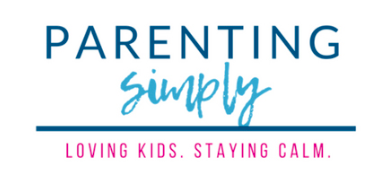 As parents we often get confused by the language of our children. We don’t understand what they are telling us. This causes a wedge between adults and children, it can separate us in untold ways. It would be better if we learned to translate what they say and understand that we often cannot take what children say at face value.
As parents we often get confused by the language of our children. We don’t understand what they are telling us. This causes a wedge between adults and children, it can separate us in untold ways. It would be better if we learned to translate what they say and understand that we often cannot take what children say at face value.
Haim Ginott in his book “Between Parent and Child” tells the following story, that illustrates this point:
“On her first visit to kindergarten, while her mother was still with her, Nancy, age five, looked over the paintings on the wall and asked loudly, “Who made these ugly prictures?” Nancy’s mother was embarrassed. She looked at her daughter disapprovingly, and hastened to tell her, “It’s not nice t call the pictures ugly when they are so pretty.”
The teacher, who understood the meaning of the question, smiled and said, “ In here you don’t have to paint pretty pictures. You can paint mean pictures if you feel like it. “ A big smile appeared on Nancys face, for now she had the answer to her hidden question, “What happens to a girl who doesn’t paint so well?”
Next Nancy picked up a broken fire engine and asked self-righteously, “Who broke this fire engine?” Her mother answered, “What difference does it make to you who broke it? You don’t know anyone here.”
Nancy was not really interested in names. She wanted to find out what happens to children who break toys. Understanding the question, the teacher gave an appropriate answer: “Toys are for playing. Sometimes they get broken. It happens.”
As we can see from this story, children really do speak another language. They use phrases that can frustrate us or even make us angry. But really they don’t have the verbal acuity to express their fears or their feelings.
When children say:
“I hate you!”
They really mean:
“I am so angry!”
When children say:
“Why do I have to do everything around here?”
They might really mean:
“I am too tired to clean up right now.”
When children say:
“You love Sara more than me!”
They really mean:
“I need some attention and reassurance that you love me too.”
Understanding the underlying messages behind a child’s words can go a long way in helping us defuse potential conflict, and connect with our children by understanding their true emotions.
